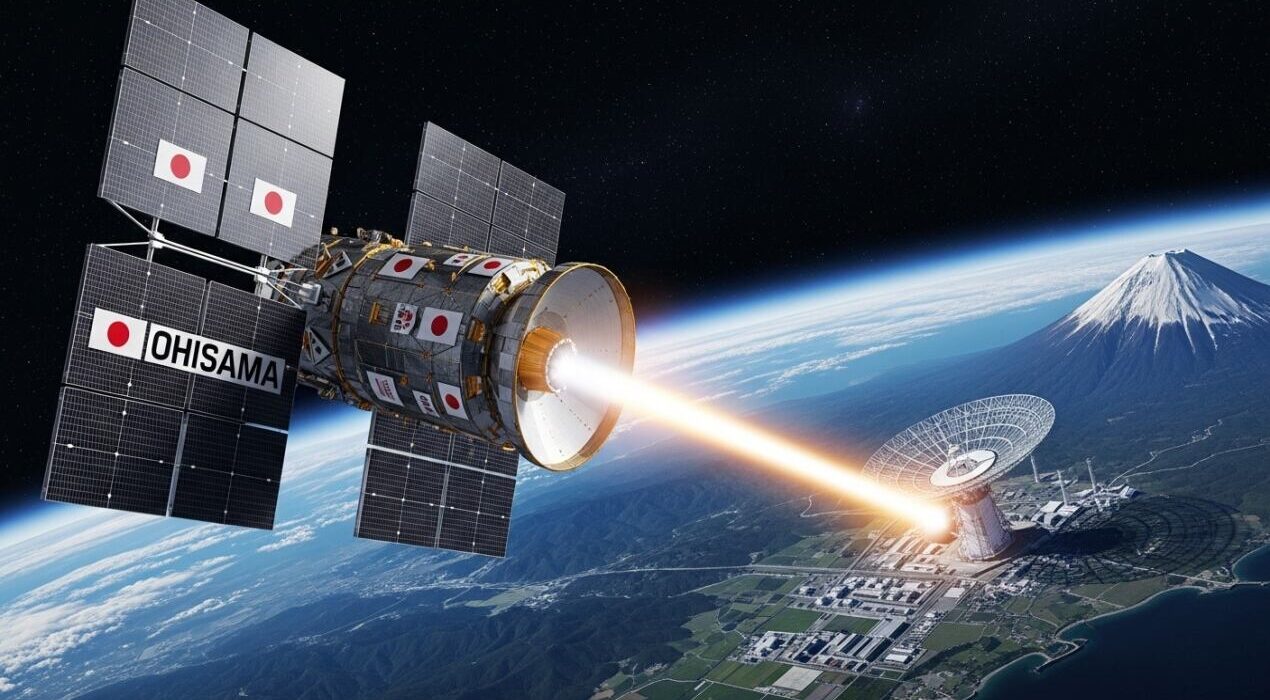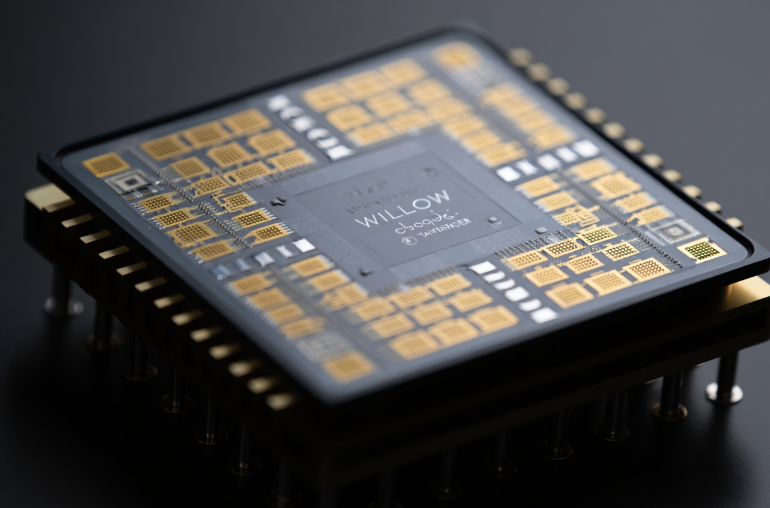In 2025, Japan will take a bold step toward the future of clean energy with a pioneering demonstration mission called OHISAMA. The project, led by Japan Space Systems with support from leading researchers, aims to test the feasibility of beaming solar power from space to Earth — a vision that has been discussed for decades but never attempted at this scale.
The demonstration will involve a small satellite weighing roughly 180 kilograms (≈400 lbs). Equipped with a 2-square-meter solar panel, the satellite will orbit about 400 kilometers above Earth, capturing uninterrupted sunlight. Unlike ground-based solar panels, this system avoids the challenges of weather, nightfall, and seasonal variation.
Here’s how it works: the collected sunlight will be converted into electricity and then into microwave energy, which can travel through Earth’s atmosphere. The satellite will beam about 1 kilowatt of power — enough to run a coffee maker — to receiving antennas on the ground in Japan, including sites in Suwa.
Because the satellite moves at speeds of 28,000 km/h, Japan will deploy a network of ground stations spread over about 40 kilometers, with each antenna placed around 5 km apart to capture the fast-moving signal.
While the scale is small compared to the needs of households or industries, OHISAMA is a landmark step toward realizing space-based solar power. If successful, it could pave the way for future satellites capable of generating gigawatts of clean, continuous energy — potentially transforming how the world meets its power demands.
Japan to Beam Solar Power from Space in 2025: The OHISAMA Mission






